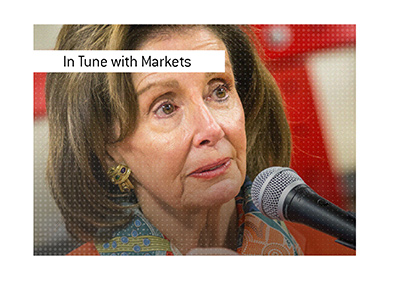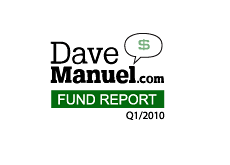More Stock Market Terms Explained: Limit Orders, Market Orders and Stop Losses
 If you are fairly new to trading, then you may be a little uncertain as to what these three terms mean. Here's a quick explanation for each term:
If you are fairly new to trading, then you may be a little uncertain as to what these three terms mean. Here's a quick explanation for each term:1. Limit Order - Let's say that you want to buy your favorite stock, XYZ, at no more than $20. Let's say that the stock is currently trading at $21, but you are steadfast in your conviction to pay no more than $20. This is where a limit order would come in handy. With a limit order you are telling your stock brokerage "Execute my order but pay no more than $20 per share." You might pay $19.95, you might pay $19.80, but you will pay no more than $20. That is a limit order. Generally limit orders are handy if you are in no big hurry to get into a stock. On the other hand, if you are looking to sell at a certain price, you can also use a sell order limit. Let's say that you hold 100 shares of XYZ at a purchase price of $19. You will not sell for any less than $22. So, you can enter a sell limit order at $22 whereby if the stock trades above $22, your broker will attempt to fill your trade. Keep in mind that just because the stock temporarily reaches $22, it doesn't mean that your order will be automatically filled. There is a good chance that your order will not be filled if the price doesn't stay above $22 for very long.
2. Market Order - this is the type of order that you would use if you need to buy or sell a stock immediately. You are basically saying to your broker "Get me in (or out) at any price." The broker will fill your order at the best available price at that time. Market orders can be dangerous because you can end up paying much more than you initially intended. If you attempt to buy 100 shares of a high-flying stock at $50, you could easily end up paying $52 a share. It's the same situation with a market sell order. If you own 100 shares at $50 and place a market order to sell when the stock is trading at $50, you could end up selling for $49 and lose money on the trade. You really need to know what you are doing before you get involved with market orders.
3. Stop losses. There are different types of stop orders but let's cover the general meaning of the term. This is an order to buy or sell a stock if the stock has gone above or below a certain stop price. This sounds a bit confusing, so let's give an example.
Let's say that you own 100 shares of MSFT at $25. You can set a stop loss sell order at $24, meaning if the stock ever drops to $24, a market sell order will be initiated to exit you from your position at approximately $24.
Or, let's say that you own 200 shares of XYZ at $10. You originally bought the stock at $6, and it just keeps going up. You may want to hold on to the stock and hope to participate in some more of its gains, but you also want to lock in more and more profit as the stock rises. In this case, a trailing stop loss would be appropriate. You could enter a trailing stop order that would sell your shares if the stock dropped $1 from its high. So, if the stock peaked at $10 and then dropped to $9, a sell market order would be initiated and you would be exited from your position.
Filed under: Stock Market Education | General Knowledge



